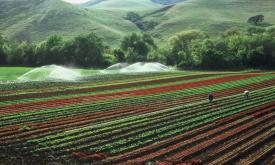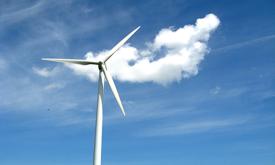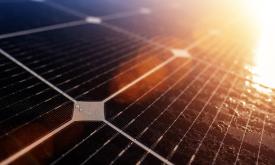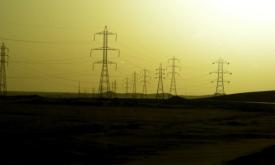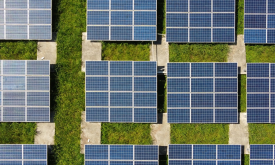GOAL 07: Affordable and clean energy
Ensure access to affordable, reliable, sustainable and modern energy for all
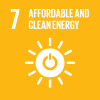
Datasets
Stories
These interactive stories are aimed at EU policymakers and African stakeholders. All stories are relevant to all African countries, but some present country specific data.
Tools
This selection of analytical tools allows you to interact with detailed maps and statistics. All tools are relevant to all African countries, and some have a global dimension.





